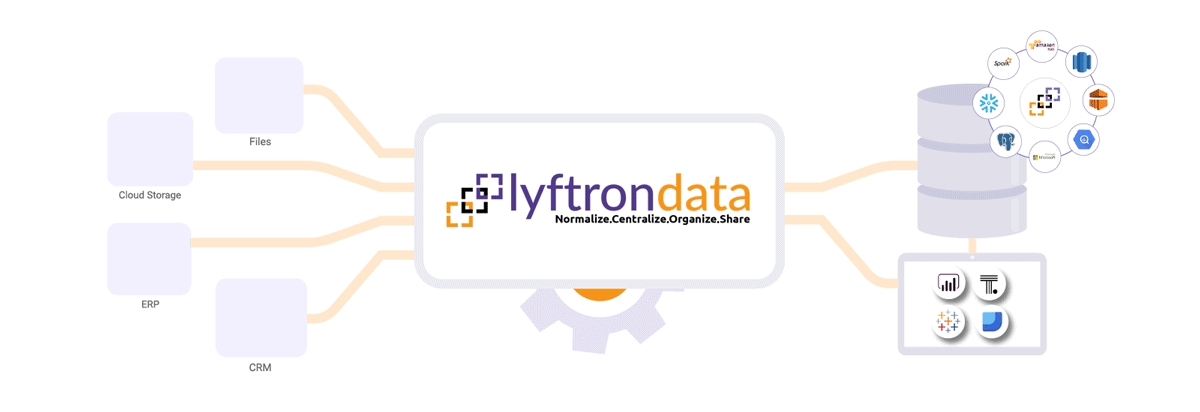Lyftrondata Connectors
Lyftrondata connectors are software components designed to facilitate seamless data integration between different data sources and destinations. These connectors allow users to access and transfer data from various databases, applications, and cloud platforms, regardless of their format or location. They essentially act as bridges that enable data to flow smoothly between different systems, ensuring compatibility and efficiency in data management processes.

Last updated